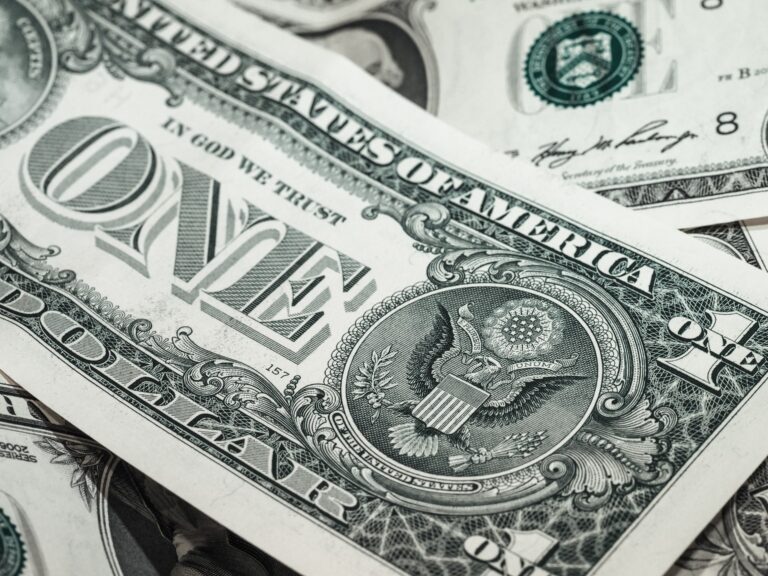
Morning Brief – Thanks, but no thanks!
Moving into last night’s Federal Reserve decision, markets were expecting to see rates unchanged but were closely looking at where the board thought interest rates would be in the year(s) to come. Market expectations had rather neatly convened around 2 whole rate hikes in 2022 with similar expectations for 2023. What Jay Powell, Chair of the Federal Reserve, presented to markets was a view of the US monetary path considerably more hawkish than investors expected.
The immediate reaction to the publication of the decision and dot-plot was USD strength with yields at the front end of the interest rate curve moving higher. EURUSD was down circa 30 pips reflecting a stronger US Dollar. As the market digested the decision by the US central bank, it was apparent that despite the movement in the front-end of the yield curve providing US Dollar strength to the detriment of US equities, the back end of the curve was immensely stubborn.
A few minutes on and the lack of movement at the back end of the yield curve left the flattest treasury curve seen in a long time. The market follows the difference (or lack thereof) in the interest rate implied by 2-year US Treasury debt versus its 10-year counterpart very closely. Small differences, visualised as a flatter curve when plotted on yield-over-duration axes, imply weak or even negative growth expectations and imply a pessimistic long-run outlook.
Rather than welcoming the six rate hikes the board were forecasting over the next two years, the market seemed to be saying that great, you’ll deal with inflation now, but the recovery will not be sustained after that time only leading you to cut rates again in a few years’ time. At the press conference, Chair Powell also placed the labour market and ‘full employment’ as an obstacle towards achieving the tightening expected by the wider board.
This uncertainty and emerging growth concerns visible in the market’s digestion of the decision and press conference were enough to reverse the gains in USD quickly. To the benefit of US equities, the Dollar fell once again to erase its gains on the day. Despite the immediate USD-weakness in today’s session, as we hear from the ECB and BOE today, the interest rate differential that promises to materialise over the next two years could lead to a revision of USD valuations.
Discussion and Analysis by Charles Porter

Click Here to Subscribe to the SGM-FX Newsletter
Related Insights

Morning Brief – Parity
Parity As we brought to you earlier this week, there is an increasing chatter in the market about whether EURUSD has the momentum to challenge parity once again. At face value, of course, this would create a meaningful value change in the world’s foremost currency pair which has already seen a significant exodus of value […]

Morning Brief – US Dollar
US Dollar Surging on a strong US economy together with further geopolitical tensions in the past week, USD is at its strongest versus EUR this year and came within a whisker of breaking through 1.06 in yesterday’s trading. Against the Japanese Yen USD was 154.55 which caused Japanese Finance Minister Shunichi Suzuki to break cover […]

Morning Brief – France
France Quite simply the numbers do not add up for President Macron and his future in government, never mind La Belle France and its citizens : France is the third most indebted EU country after Greece and Italy with a debt to GDP ratio of 110.6%. In the past year the deficit has increased by […]



 Charles Porter
Charles Porter Humphrey Percy
Humphrey Percy